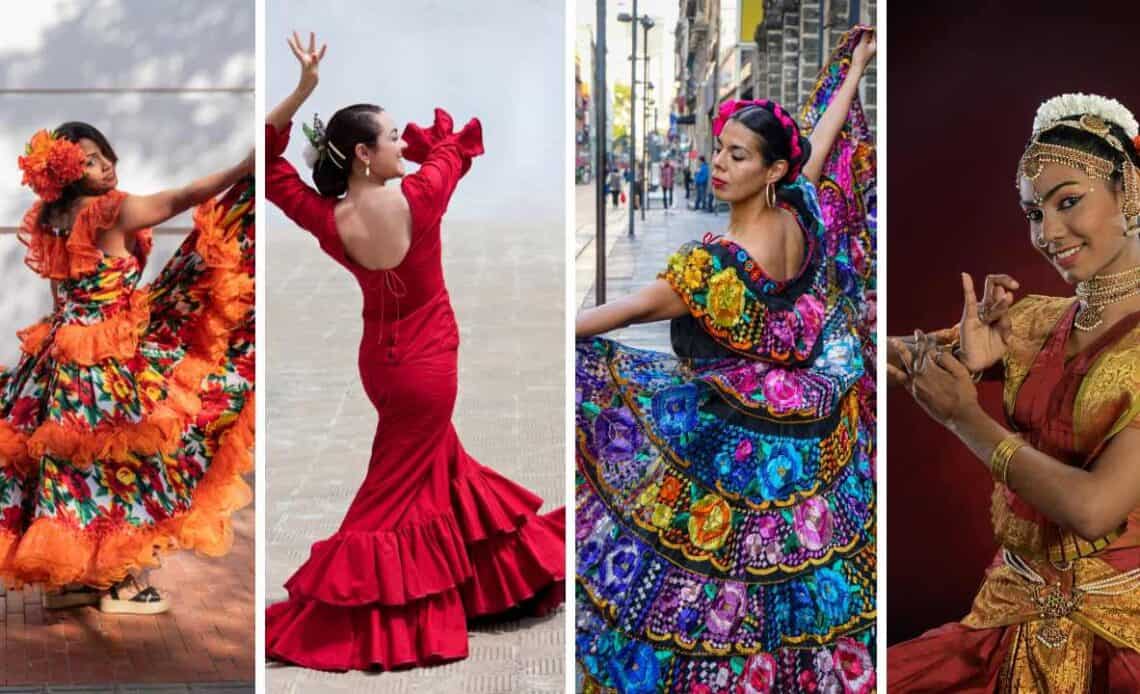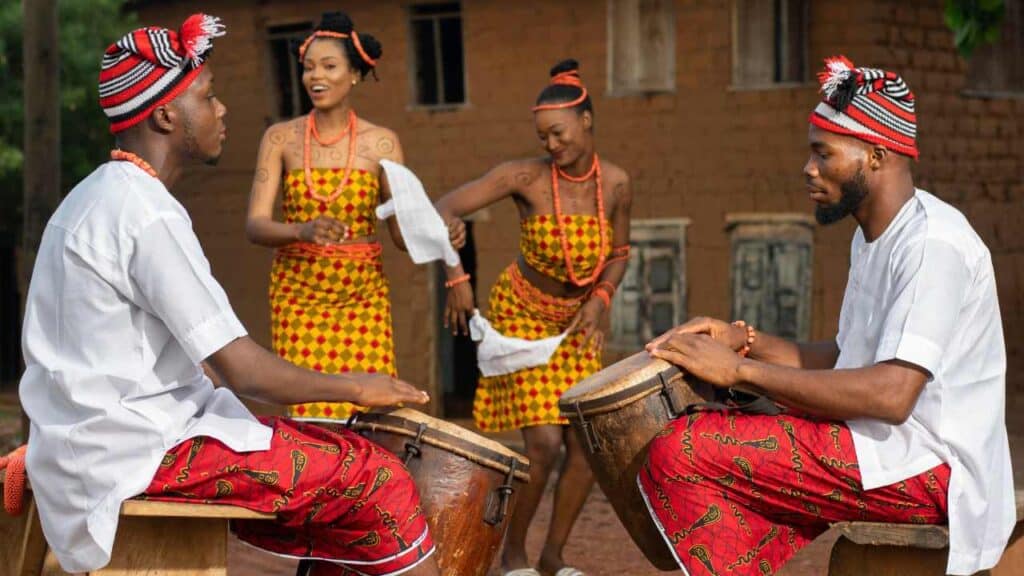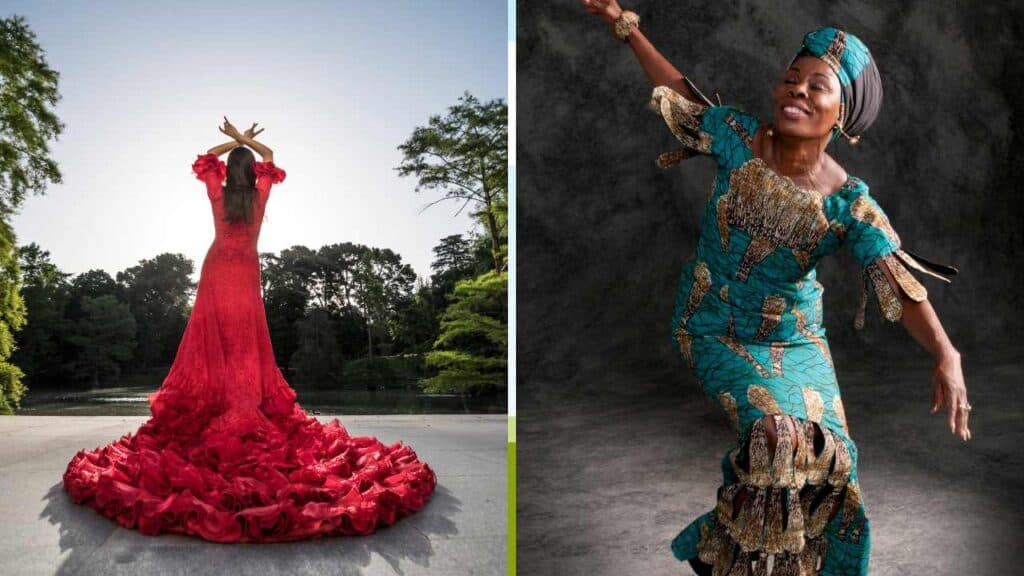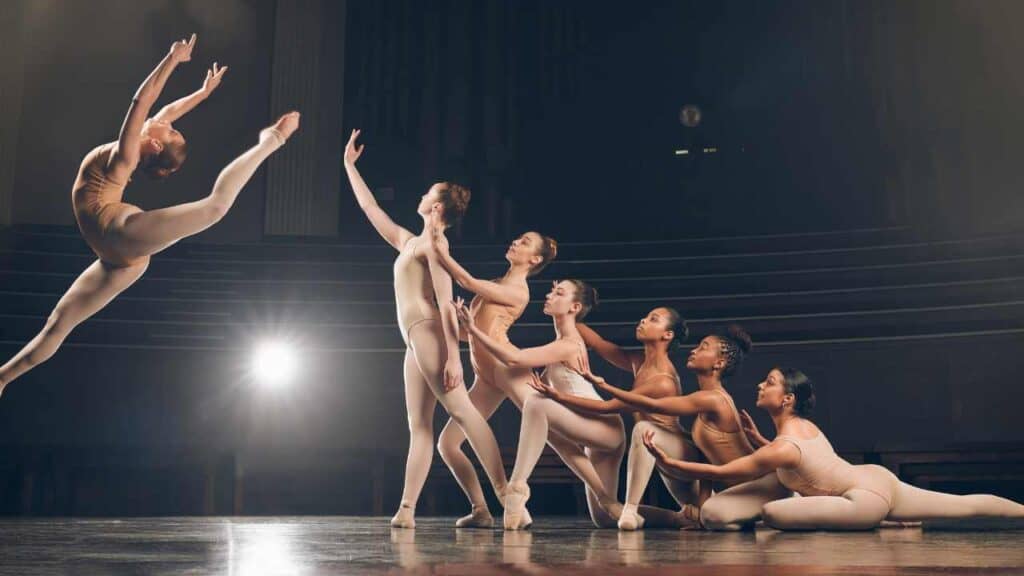
Dance has been recognized for its profound psychological benefits to resilience and well-being, particularly as a therapeutic outlet for individuals facing adversity. When life knocks you down, rhythm builds you back up. As your body already knows the steps to recovery and building resilience, let’s deepen the conversation.
Psychological Benefits of Dance as a Therapeutic Outlet
Emotional Expression and Release
Dance provides a non-verbal outlet for emotional expression. Through movement, individuals can express complex emotions that may be difficult to articulate verbally. This process of physical expression can lead to emotional release and catharsis, helping individuals to cope with and process challenging emotions such as grief, anger, or sadness.
Stress Reduction
Engaging in dance activates the body’s relaxation response, reducing levels of stress hormones like cortisol. The rhythmic and repetitive movements of dance can induce a meditative state, promoting relaxation and alleviating symptoms of anxiety and tension.
Enhanced Self-Expression and Identity
Dance allows individuals to explore and express their unique identities and personalities. Whether through choreographed routines or improvisation, dance encourages creativity and self-discovery. This self-expression fosters a sense of authenticity and self-confidence, that is particularly beneficial for individuals navigating personal challenges or crises.

Physical Well-being
Beyond its psychological benefits, dance contributes to physical well-being by promoting cardiovascular health, strength, flexibility, and coordination. Physical activity releases endorphins, neurotransmitters that elevate mood and reduce pain perception, further enhancing overall psychological resilience.
Social Connection and Support
Participating in dance classes or groups fosters social connection and a sense of community. Building relationships with fellow dancers and instructors provides emotional support, reduces feelings of isolation, and strengthens social bonds. These social interactions can buffer against the negative effects of stress and adversity, promoting resilience.
Mind-Body Integration
Dance encourages a holistic approach to well-being by integrating physical movement with mental and emotional states. This mind-body connection promotes mindfulness and self-awareness, helping individuals stay present in the moment and develop greater emotional resilience.
Empowerment and Mastery
Learning new dance techniques and mastering choreography can boost self-esteem and feelings of accomplishment. Overcoming challenges in dance rehearsals or performances cultivates a sense of resilience and determination, transferring these skills to other areas of life.

These psychological benefits underscore the transformative potential of dance as a tool for resilience and personal growth, particularly valuable for individuals facing adversity or navigating difficult life circumstances.
Building Emotional Resilience Through Expression
Dance of any kind plays a pivotal role in fostering emotional resilience by offering a powerful channel for self-expression and release. Through movement, dancers can express complex emotions and experiences that may be difficult to articulate verbally. This process allows individuals to connect deeply with their feelings and facilitates emotional release and catharsis.
By immersing ourselves in dance, we can channel our emotions into creative expression, transforming inner turmoil into a movement that conveys personal narratives and universal themes. This expressive outlet promotes emotional healing, reduces stress, and enhances our overall well-being.

Moreover, dance provides a safe space for us to explore and process our emotions. Whether through structured choreography or spontaneous improvisation, dancers can navigate through challenging feelings, gaining insight and perspective in the process. This journey of self-discovery fosters resilience by equipping individuals with emotional tools and coping mechanisms to navigate adversity.
Furthermore, the physicality of dance contributes to emotional resilience by releasing endorphins and promoting a sense of physical well-being. The rhythmic movements synchronize with breath and heartbeat, grounding dancers in the present moment and promoting mindfulness. This integration of mind and body enhances emotional regulation and helps individuals manage stress more effectively.
In essence, dance serves as a profound medium for cultivating emotional resilience by offering a holistic approach to self-expression, emotional release, and personal growth. Through dance, individuals can harness their inner strength, nurture emotional health, and build resilience in the face of life’s challenges.

Related Posts:
- Beyond the Obvious: Resilience in Nature and Dance
- 90 Best Resilience Quotes to Inspire and Motivate You
- Embracing Resilience: Thriving in The Face of Adversity
Your Resilience Has a Rhythm – Dance to It
There’s power in movement – not just in your steps, but in how dance teaches you to rise, adapt, and express what words can’t. Dance builds unshakable resilience by turning stress into art; giving you a body-led confidence where self-expression meets self-discovery.
So tell me, what song makes you feel unstoppable? Drop it below, and let’s move through life’s challenges literally.
Thank you for being a VCC reader.

